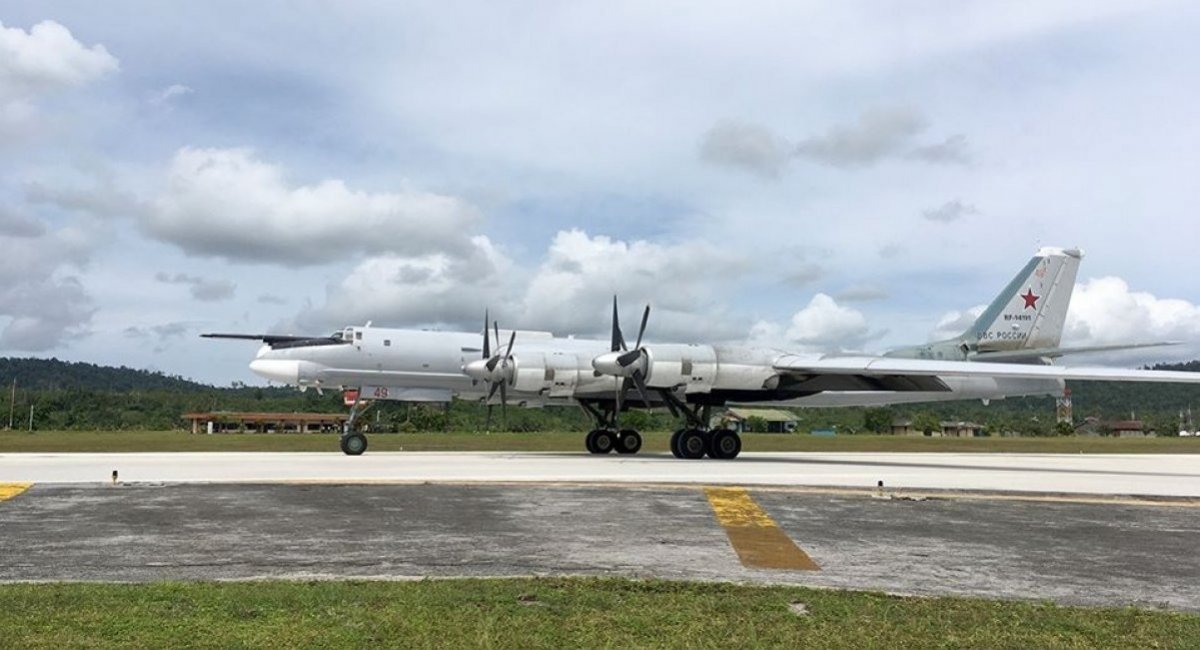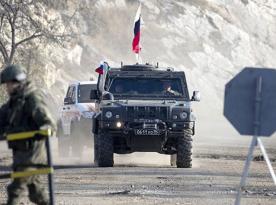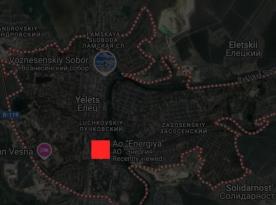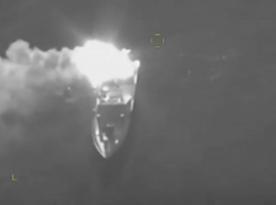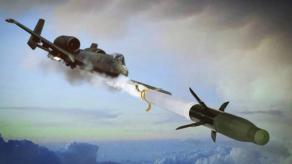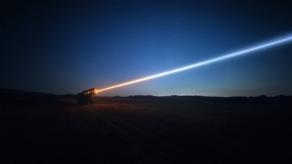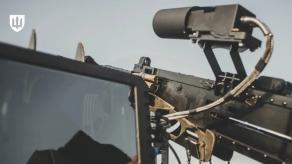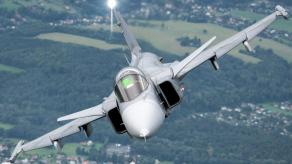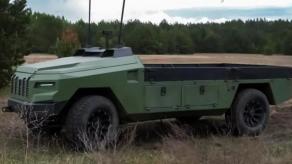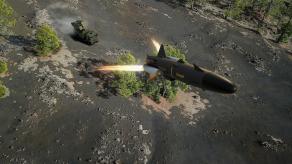Reports from Tuesday, April 15, about russia's intentions to lease the Manuhua Air Force Base from Indonesia to deploy military long-range aircraft have caused quite a stir in mass media, as in case Moscow's request is fulfilled, russian Tu-95MS strategic bombers may access a remote corner in the Indo-Pacific, particularly in the vicinity of Australia.
In response to the threat of being within the attack range of russian bombers, Canberra stated they don't believe Indonesia would allow it to happen since Jakarta had assured there were no such plans in motion. According to Australia’s Minister for Defense Richard Marles, his Indonesian counterpart Sjafrie Sjamsoeddin assured him "in the clearest possible terms that reports of the prospect of russian aircraft operating from Indonesia were simply not true," Marles told ABC News.
Read more: russia Wants to Lease an Air Base From Indonesia After Landing its Il-76 and Tu-95 There A Few Times

Still, this security concern calls for a brief analysis of Australia's air defense capabilities. The available data shows why, in this situation, the Australian authorities prefer denial over caution and don't believe that russian Tu-95MS bombers might deploy in Indonesia, at least in public.
The Military Balance 2024 open-source study by IISS tells us that Australia's air combat–capable aircraft inventory counts 63 F-35A 5th-gen fighters, 24 F/A-18F Hornet 4th-gen fighters, and six E-7A Wedgetail airborne radar systems.
Formally, the country's ground-based air defense component is non-existent because, despite having two NASAMS mid-range air defense batteries of three launchers each, they have yet to achieve full operational readiness. The Australian military personnel are currently undergoing the necessary training. Still, the equipment itself is present, Ukraine even asked Canberra to donate a NASAMS for air defense against russian strikes.
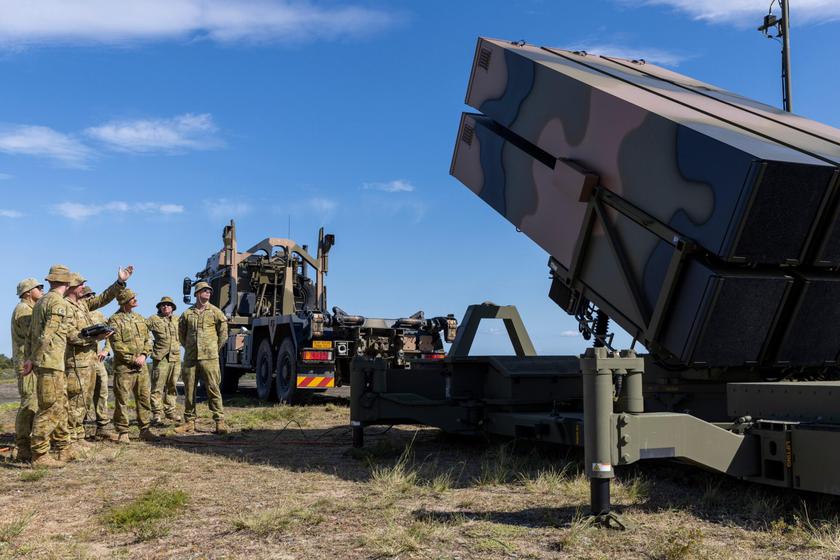
It is also worth noting that the Australian Navy has three Hobart destroyers equipped with the Aegis system and Mk41 vertical launchers. These can launch SM-2 surface-to-air defense missiles with a range of 165 km and even the improved SM-6, believed to reach as far as 370 kilometers. On top of that, Australia has the JORN over-the-horizon radar systems with a wide-area threat detection range of 1,000 to 3,000 km.
To summarize, Australia presently has quite significant capabilities in terms of aviation and early detection of aerial threats. On the other hand, there have been no recordings of the Australian military conducting any drills or preparations to repel russian missile attacks, especially saturation strikes, on their territory.
Read more: Australian Donation of Abrams Tanks to Ukraine May Face "Complications" Over Trump's Decisions



